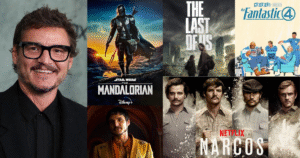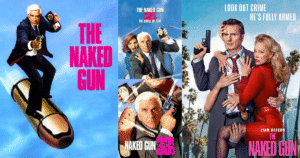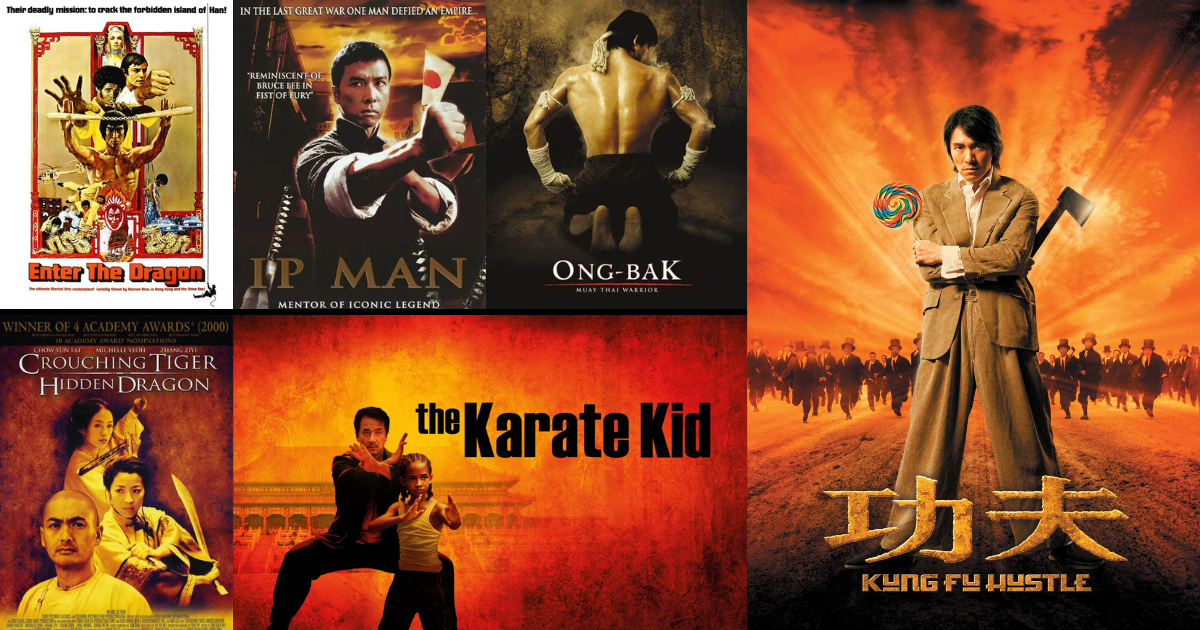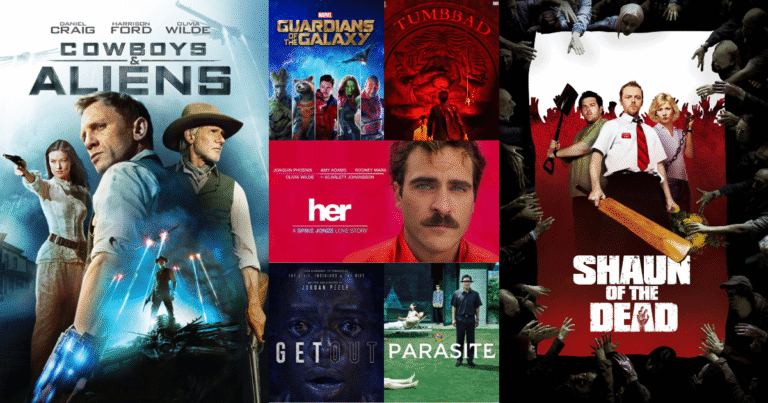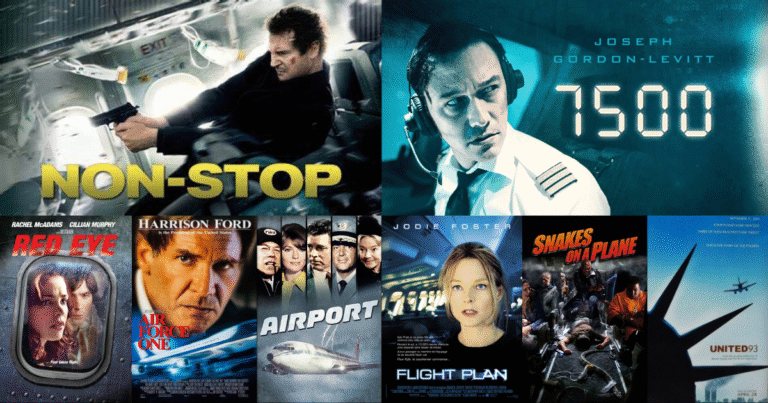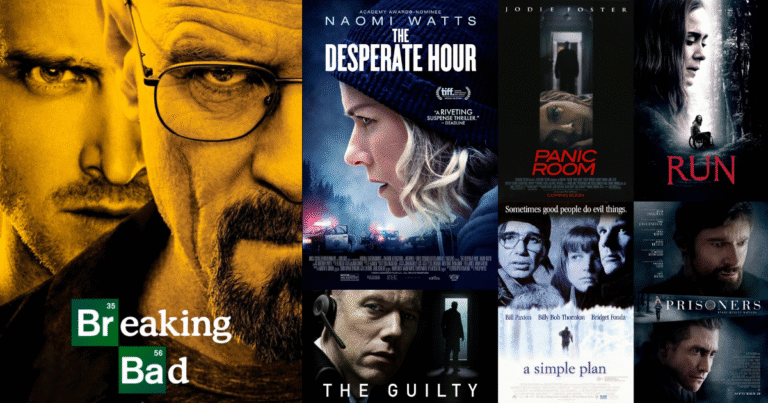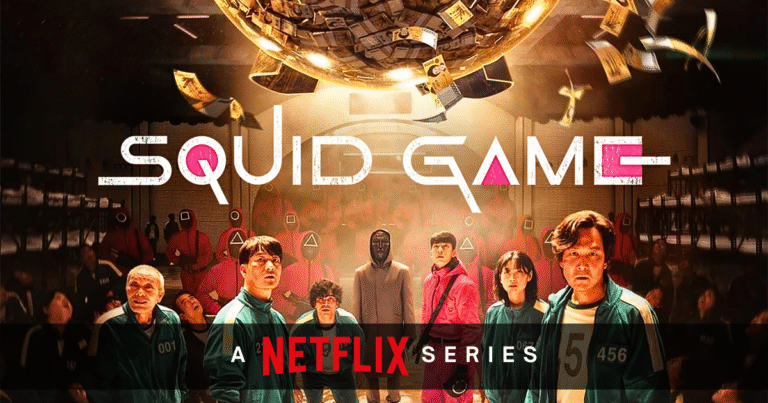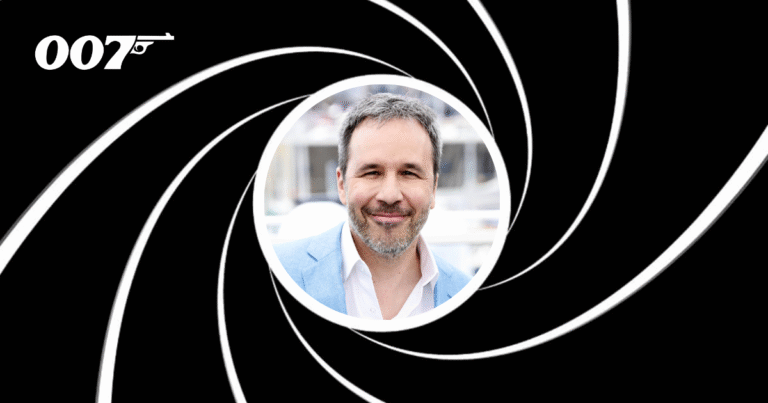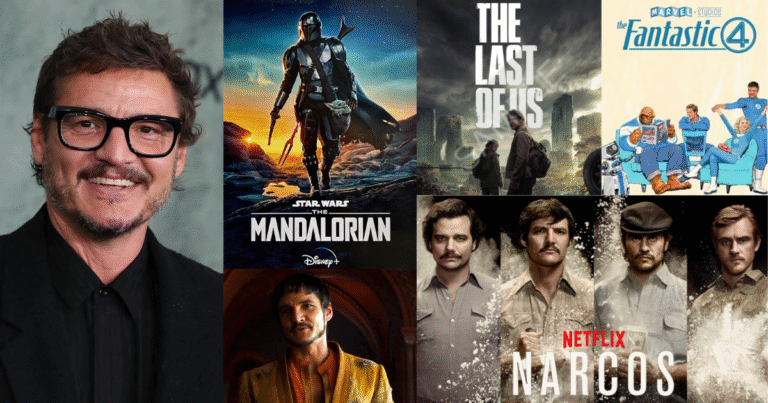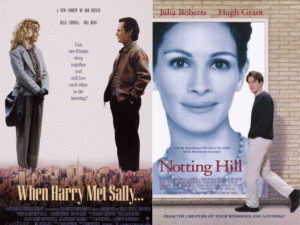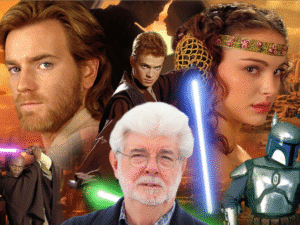There’s something endlessly exciting about martial arts movies. Whether it’s the fluid motion of a perfectly choreographed fight, the quiet strength of a lone warrior, or the heart-pounding training montage, these films never seem to get old.
For decades, martial arts movies have entertained, influenced pop culture, and shaped the action genre like no other. But what makes them so addictive? Why do we keep coming back to kung fu kicks, samurai swords, and intense face-offs that leave us holding our breath?
Let’s dive into why martial arts movies are still king, and highlight the best ones worth watching (or rewatching).
It’s More Than Just Fighting
Yes, martial arts movies are known for their fight scenes. But the best ones go deeper. They’re often stories of discipline, honor, revenge, redemption, and personal growth.
In The Karate Kid (1984), it’s not just about learning to fight, it’s about learning self-respect and focus. In Crouching Tiger, Hidden Dragon (2000), the breathtaking action is balanced with emotional depth and a haunting love story. Even Bruce Lee’s Enter the Dragon (1973) blends philosophy with fists.
Martial arts movies have a way of turning physical struggle into personal transformation. That’s a big part of their staying power.
The Art of the Fight
Let’s be real: a lot of action films rely on explosions and shaky camera work. Martial arts movies are different. The fights are often carefully choreographed, like dance sequences with punches and kicks.
Directors like Yuen Woo-ping and choreographers behind The Matrix or John Wick (which owes a LOT to martial arts cinema) treat every fight like an art form. It’s not just who wins, it’s how they fight.
Take Jackie Chan, for instance. He mixes martial arts with slapstick comedy, using ladders, chairs, even refrigerators as weapons. His timing and creativity make every fight unforgettable.
And then there’s Donnie Yen in Ip Man, his precision and speed turn each scene into a masterclass in movement.
Iconic Heroes and Legends
You can’t talk about martial arts movies without naming the legends. Bruce Lee changed the game entirely. His presence, power, and philosophy turned him into a global icon. With just a few films, he showed that martial arts could be more than just entertainment, it could be a way of life.
Then came stars like Jet Li, who brought speed and elegance, and Jackie Chan, who made us laugh and gasp in the same breath. More recently, Donnie Yen and Tony Jaa have taken the genre to new heights, mixing tradition with modern storytelling.
These actors aren’t just martial artists. They’re performers with charisma, skill, and a unique screen presence that can’t be faked.
Global Appeal, Local Stories
One of the coolest things about martial arts movies is how they’ve crossed borders. While China, Japan, and Thailand are at the heart of the genre, martial arts films have found fans all over the world.
In Japan, you have classic samurai films like Seven Samurai (1954) and Zatoichi, which blend swordplay with deep cultural storytelling. Thailand brought us Ong-Bak (2003), starring Tony Jaa, who performs jaw-dropping Muay Thai stunts with zero CGI.
Even Hollywood has embraced the genre, think Kill Bill, The Matrix, and John Wick, which all borrow heavily from martial arts traditions.
No matter where you’re from, there’s something universal in these films: a fight for justice, a battle to overcome personal demons, and a desire to find peace through strength.
Training Scenes We’ll Never Forget
Every great martial arts movie has that moment where the hero trains like never before. The montages. The sweat. The setbacks. The eventual breakthrough.
These training scenes are more than movie clichés, they’re metaphors. They remind us that progress takes time. That falling down is part of getting better. That strength isn’t given; it’s earned.
Who could forget Daniel-san painting the fence in The Karate Kid? Or Beatrix Kiddo swinging a katana in Kill Bill: Volume 2? These moments stick with us because they speak to something real: the struggle to improve and overcome.
Some Must-Watch Martial Arts Movies
If you’re new to the genre or just want to revisit the classics, here’s a quick list of martial arts films that define the category:
- Enter the Dragon (1973) – Bruce Lee’s masterpiece and a gateway into martial arts cinema.
- Crouching Tiger, Hidden Dragon (2000) – Stunning visuals and deep storytelling.
- Ip Man (2008) – A true story told with grace and power, starring Donnie Yen.
- The Raid (2011) – Brutal, fast, and completely relentless.
- Kung Fu Hustle (2004) – A wild, funny, and creative ride.
- Ong-Bak (2003) – Tony Jaa’s breakout film, with jaw-dropping stunts.
- Kill Bill: Volume 1 & 2 (2003–2004) – Tarantino’s love letter to the genre.
- The Matrix (1999) – Not a pure martial arts film, but hugely influenced by it.
- The 36th Chamber of Shaolin (1978) – A classic tale of training and transformation.
- Drunken Master (1978) – Jackie Chan at his most inventive and entertaining.
Why Martial Arts Movies Will Never Go Out of Style
Martial arts films aren’t just a genre, they’re a celebration of movement, discipline, and inner strength. While superheroes and CGI might dominate today’s blockbusters, martial arts movies continue to thrive because they offer something real: skill, effort, and the timeless story of someone fighting against the odds.
They remind us that action doesn’t need to be loud to be powerful. It just needs rhythm, emotion, and heart.
So the next time you’re scrolling through your streaming service, give a martial arts movie a shot. You might come for the kicks, but you’ll stay for the story.


